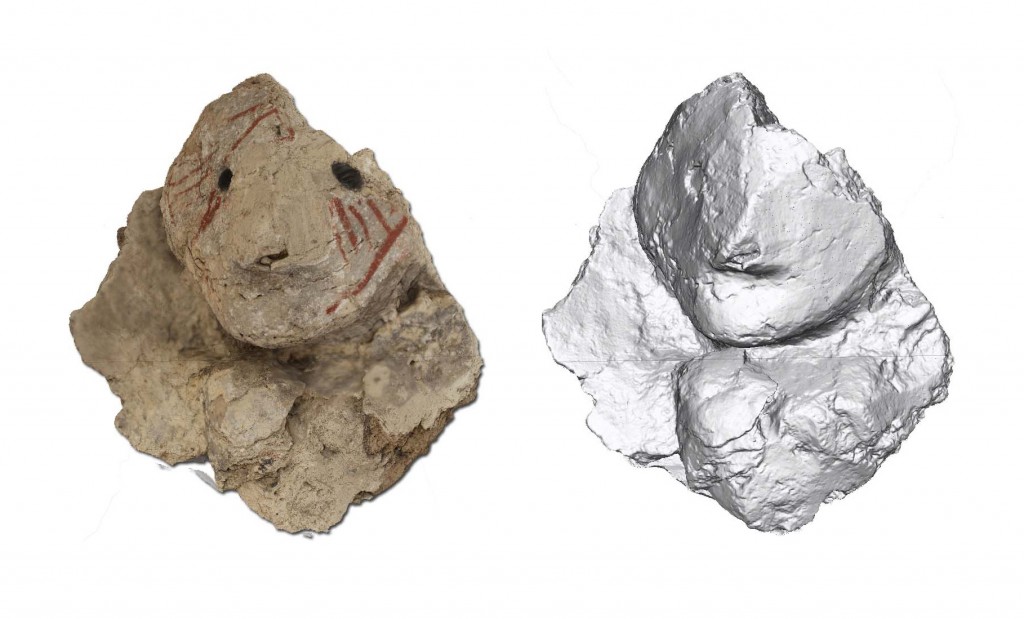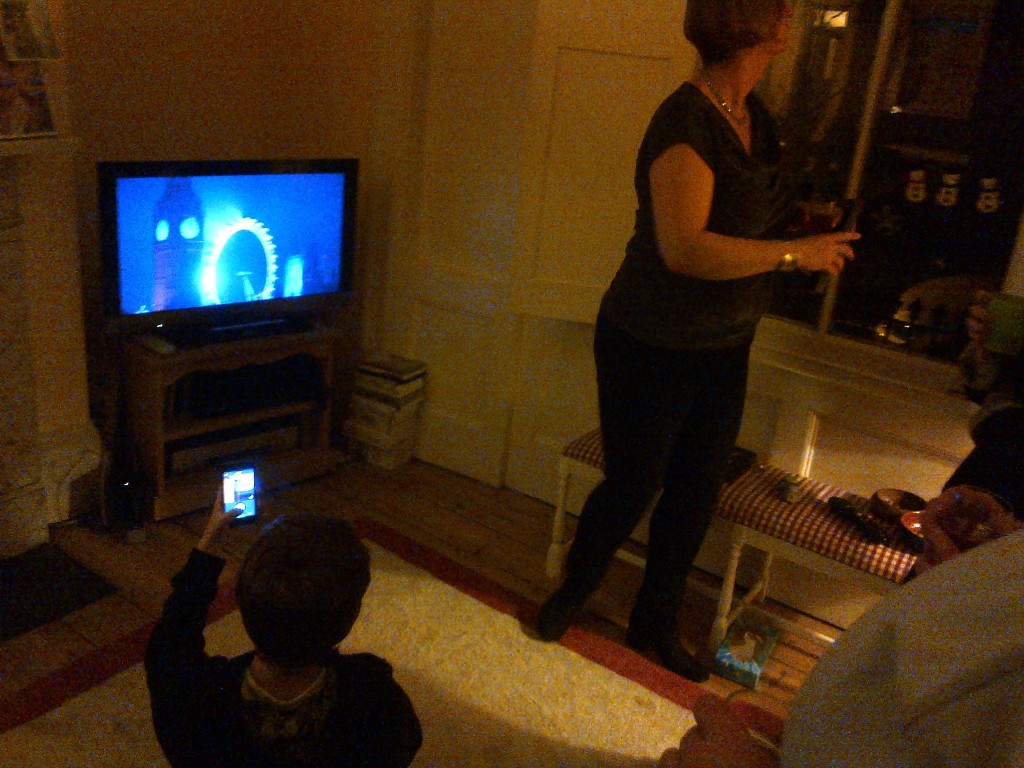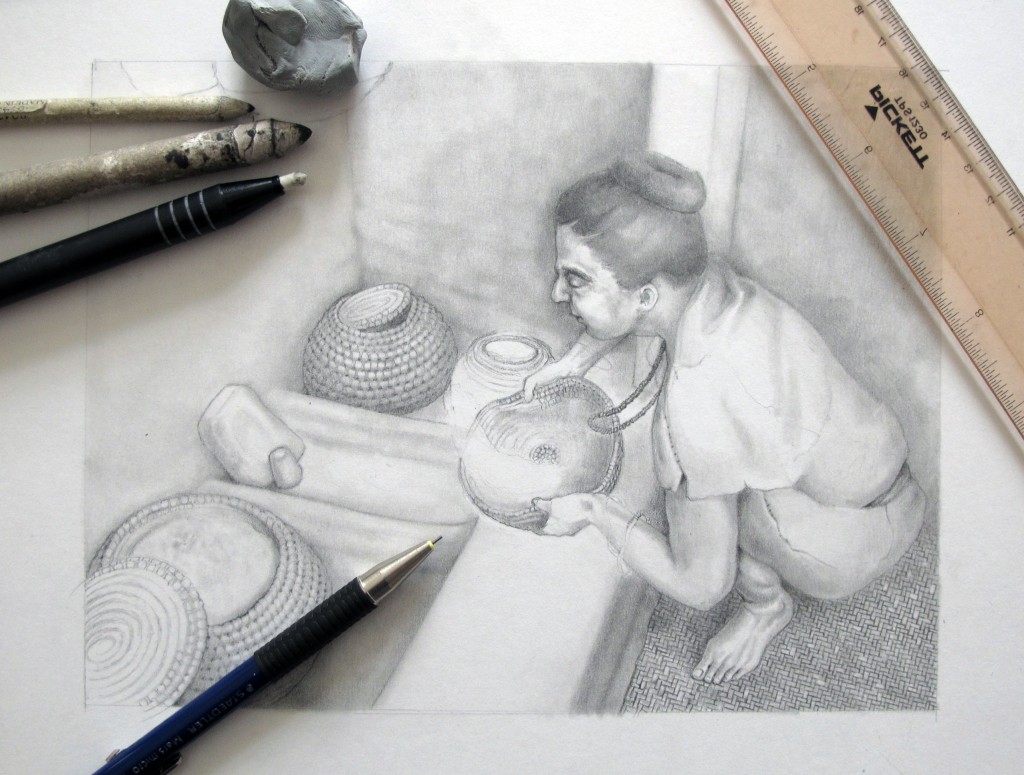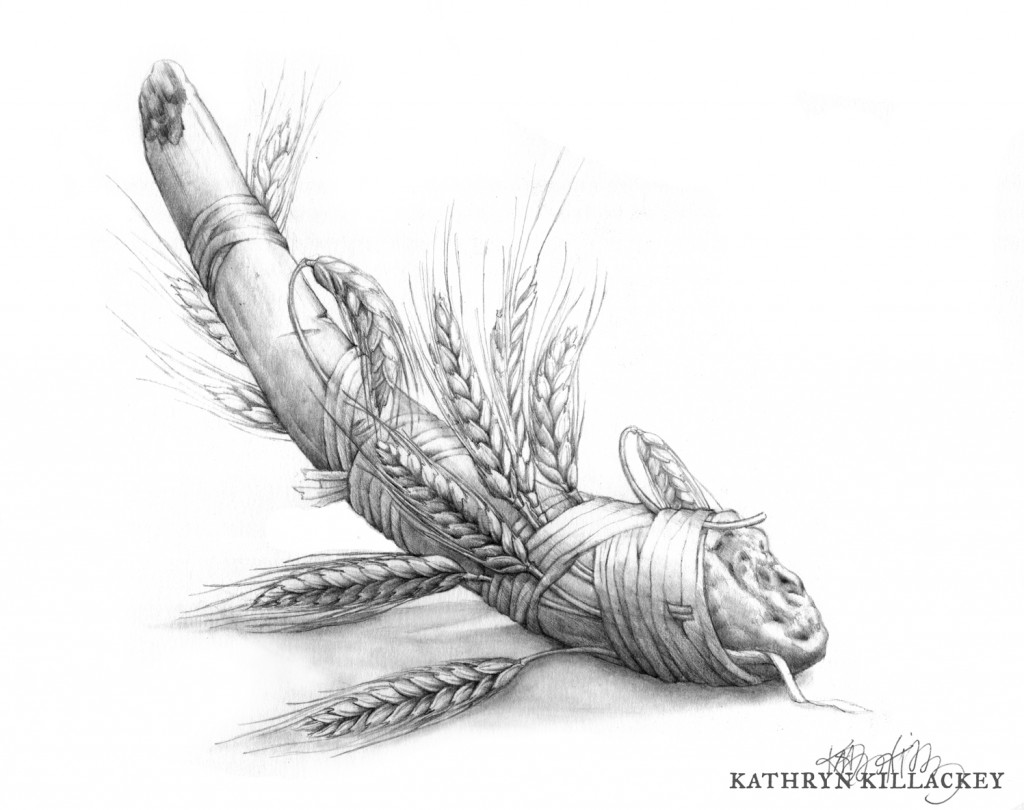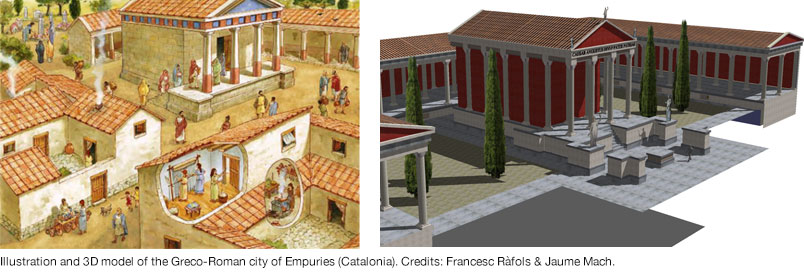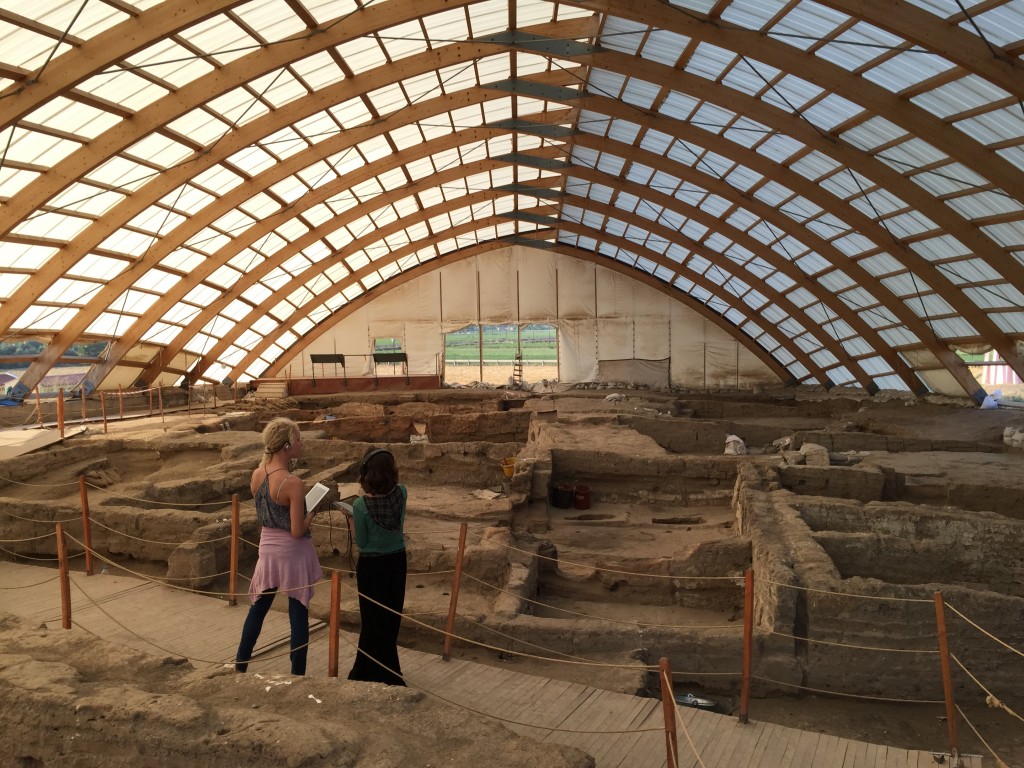After ckelty’s post on the SSRN/Elsevier merger fellow mind, Ryan Anderson, gave me a shout out in Twitter,
ArXiv for social science research anyone? @savageminds @culanth @haujournal @jmtrombley @jasonjackson2 @daniel_lende @MattThompsonTMM
— ryan anderson (@anthropologia) May 19, 2016
This is a pretty interesting idea. What would it entail taking arXiv as a role model?
What is arXiv?
Like SSRN, arXiv is a digital repository. They are both examples of Green OA — a type of open access where authors deposit versions of their work so that they can be accessed by readers for free. What version of an article makes it into the repository depends on which publisher you’re working with, but almost all of them allow authors to deposit the original submission: no peer review, no mark-up, no type setting. Others are more generous, a few even allow the post-print to be deposited. It just depends, if you want to go Green do some research on your publisher’s homepage or ask a company rep.
Green OA is frequently contrasted with Gold OA, where the author submits to a journal that makes the final product available to readers for free, examples include HAU and Cultural Anthropology. Again, there is great diversity among Gold OA publishers just as there is among Green repositories but we’re not getting into that here.
arXiv is Green OA, it is a pre-print repository but of a particular kind. If you’re at an elite or second tier R1 you probably already have access to a repository through your institution. However many of these institutional repositories (IRs) share a common problem, faculty participation is low. Some universities have attempted to address this with OA mandates, but this is not always sufficient to change faculty behavior. People are really busy, or maybe they don’t see the value in access. Perhaps they think someone else will do it for them, or are mistaken about their author’s rights. For whatever reason many people who can go Green choose not to.
The generally poor showings for institutional repositories has lead some in the digital libraries field to argue that IRs are not the way forward for Green OA. Instead they anticipate that disciplinary repositories (DRs), sometimes called subject repositories, will be more successful. Perhaps in our neoliberal world faculty are less tied to their institution than their discipline? Both SSRN and arXiv are DRs.
Continue reading
